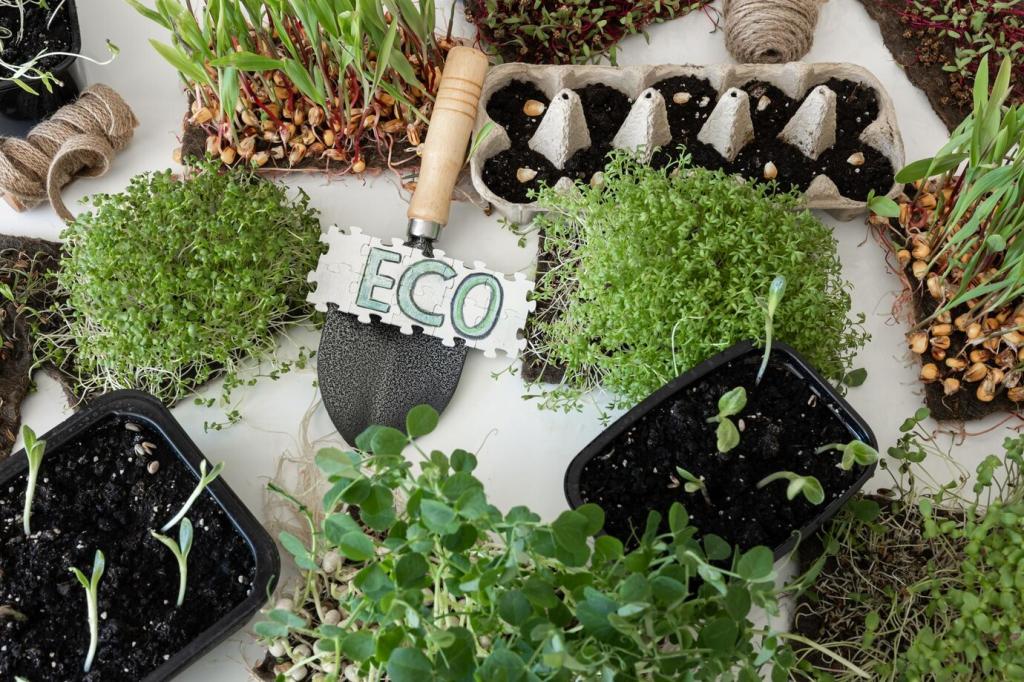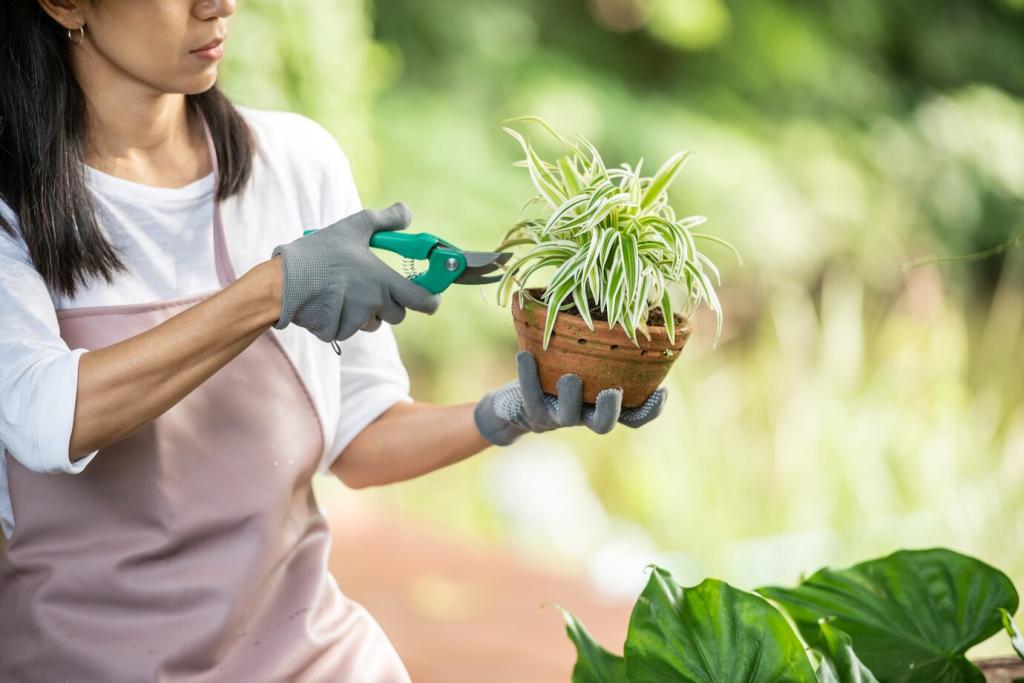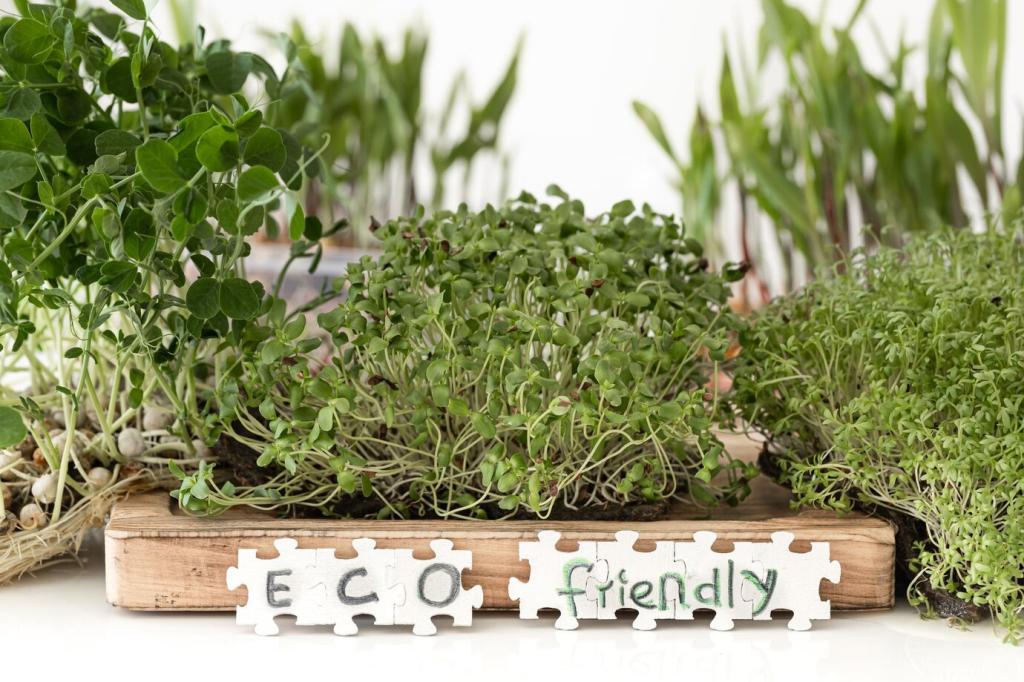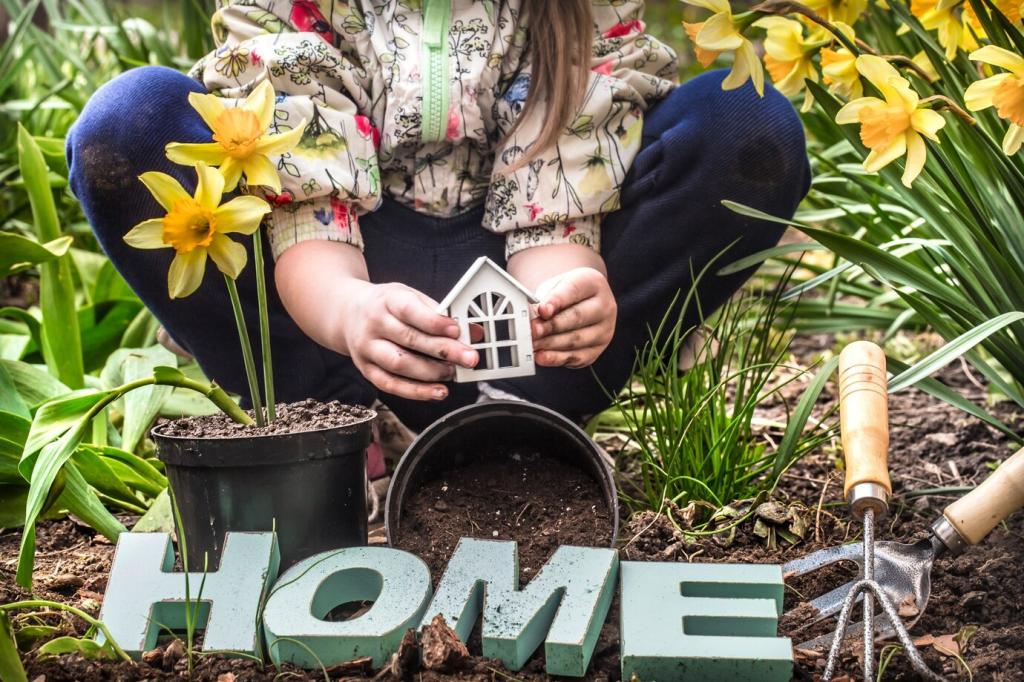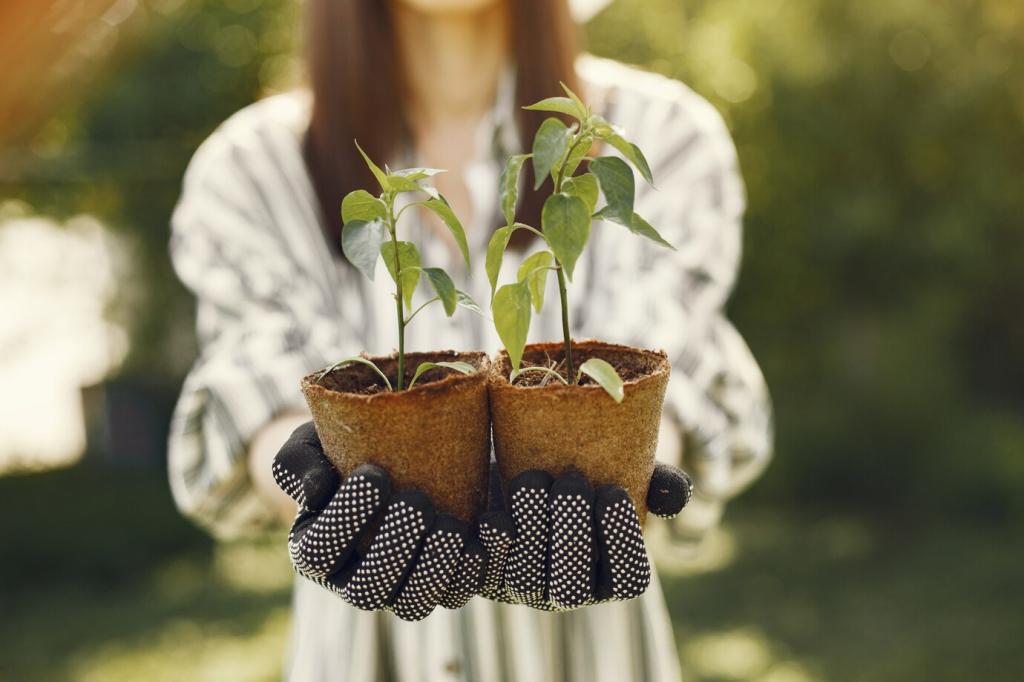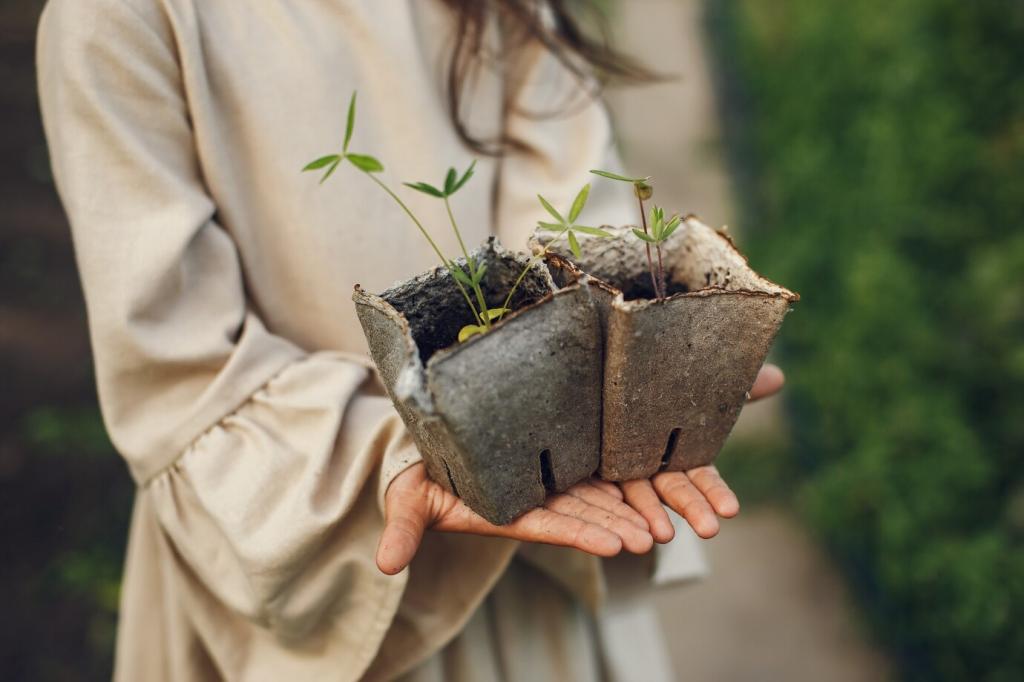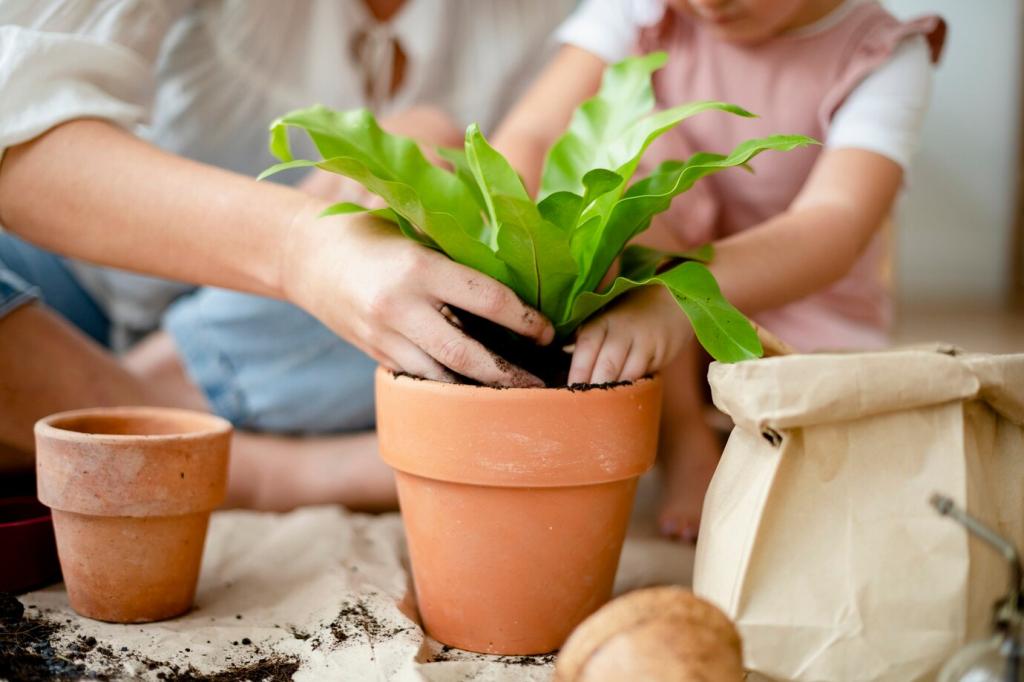Designing Your Catchment and Storage
A simple rule of thumb: one inch of rain on one square foot yields about 0.623 gallons. Multiply by roof area and efficiency to size storage. Post your roof size below, and we’ll help estimate capacity and right-fit your first cistern.
Designing Your Catchment and Storage
Food-grade barrels, modular plastic tanks, or slimline cisterns can complement your garden’s style. Paint to match siding, hide tanks with trellised vines, or make them a feature. Share photos of your space; the community loves brainstorming beautiful, practical placements.

